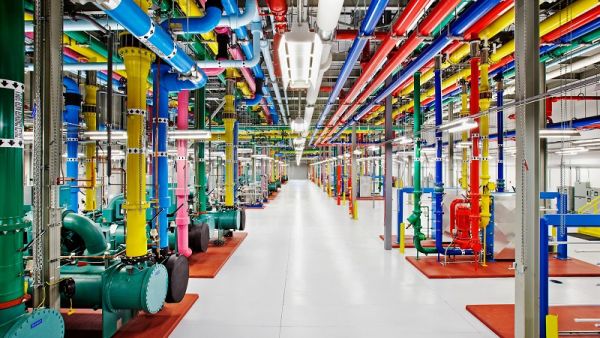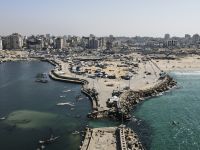EC Harris is publishing a global study which provides fresh insight into the current and future prosperity of nations across the world based on analysis of investment in infrastructure and the built environment.
Conducted in conjunction with the Centre for Economic and Business Research, the Global Built Asset Wealth Index quantifies the accumulated wealth of 30 countries' built assets – encompassing all the property and infrastructure that contributes to economic productivity – to present an alternative indicator of economic health and growth potential.
The Global Built Asset Wealth Index illustrates the differences between 30 countries which represent 82 per cent of global GDP. The Index reveals that total built asset wealth within these countries stands at $193 trillion - the equivalent to almost three times the $68 trillion GDP of the same countries. By 2022, built asset wealth is forecast to increase by 35 per cent to reach $261 trillion, according to a press release.
The fastest growth over the next decade is expected in the Middle East and in Asia. The stock of built assets across the Middle East is set to rise by 63 per cent to $8.7 trillion by 2022. Similarly, Asia's built asset stock of $84 trillion is expected to increase to $137.4 trillion by 2022 - a rise of 62.9 per cent.
Along with Singapore and Brazil, the UAE is expected to be the highest climber over the coming decade as built asset wealth is expected to grow by 2 per cent, moving the UAE up two places to 23rd in the global rankings.
Built asset wealth per person in the Middle East
When it comes to built asset wealth per person, and therefore the potential of built asset wealth to affect living standards, the Middle East has a wealth per person of US$30,676. This places the Middle East ahead of Asia (US$25,848) but behind Latin America, Europe and North America. However, the average built asset wealth per person across Qatar, Saudi Arabia and the UAE is US$112,842.
Despite being the smallest country in the Index, Qatar comes fourth in the global rankings, with an estimated built asset wealth of $143,000 per person. In addition, the rate of growth in built asset wealth per person is, at 8.4 per cent between 2011 and 2012, higher in Qatar than any other country. The UAE comes 12th in the global rankings, with an estimated built asset wealth of $122,809 per person, while Saudi Arabia is in 15th place with $72,861.
The global rankings of national built asset wealth
The top ten nations on the EC Harris Global Built Asset Wealth Index do not include any countries from Middle East nations, with Saudi Arabia coming in 20th position, UAE in 25th and Qatar 30th.
Country Built Asset Wealth (US$)
1. USA 39.7tn
2. China 35.4tn
3. Japan 18.3tn
4. India 11.8tn
5. Germany 10.4tn
6. France 7.8tn
7. Italy 7.4tn
8. South Korea 6tn
9. Russia 5.9tn
10. Spain 5.9tn
Selected others:
11. UK 5.5tn
13. Brazil 4.8tn
20. Saudi Arabia 2.1tn
25. UAE 1tn
29. Chile 0.7tn
30. Qatar 0.3tn
Terry Tommason,Head of Property and Social Infrastructure, Middle East at EC Harris said, "Given the relative size of countries like Qatar and the UAE compared to countries like the USA and China, it's no surprise that the Middle East does not currently have the highest value of built asset stock on the global stage. However, what is striking is that the Middle East is set to outpace its global rivals when it comes to the pace of projected growth; and it already outshines much of the rest of the world on built asset wealth per person.
"In a world where the balance of economic power is shifting, we see countries in the East with large cash reserves investing in their built environment at an unprecedented rate, whereas countries in the West have an ageing built environment, but little cash to update it. This has far-reaching consequences for the balance of both economic and political power as emerging economies continue to bridge the gap in accumulated wealth.
"Our Global Built Asset Wealth Index provides an important indicator of the productive potential of economies across the world. Those nations that make the most from investing, developing, operating and reinventing their built environments are the best placed to succeed in the changing world economy.
"Built assets are the literally the building blocks of an economy. Through compiling this study, we can pinpoint the trends which will inform how countries plan, create, operate and redefine their built assets in a way that fosters economic and social growth, across sectors and geographies.
"In the Middle Eastern nations, we are seeing additional investment in the built environment as a social as well as an economic enabler. Where some countries have neglected the development of social infrastructure such as housing, education and hospitals, Qatar is committed to developing this sector to ensure its development as a nation is sustainable for the long term future benefit of its population."








